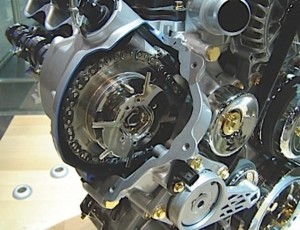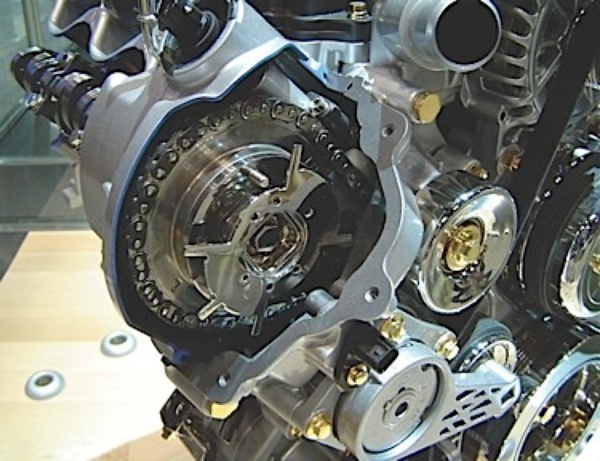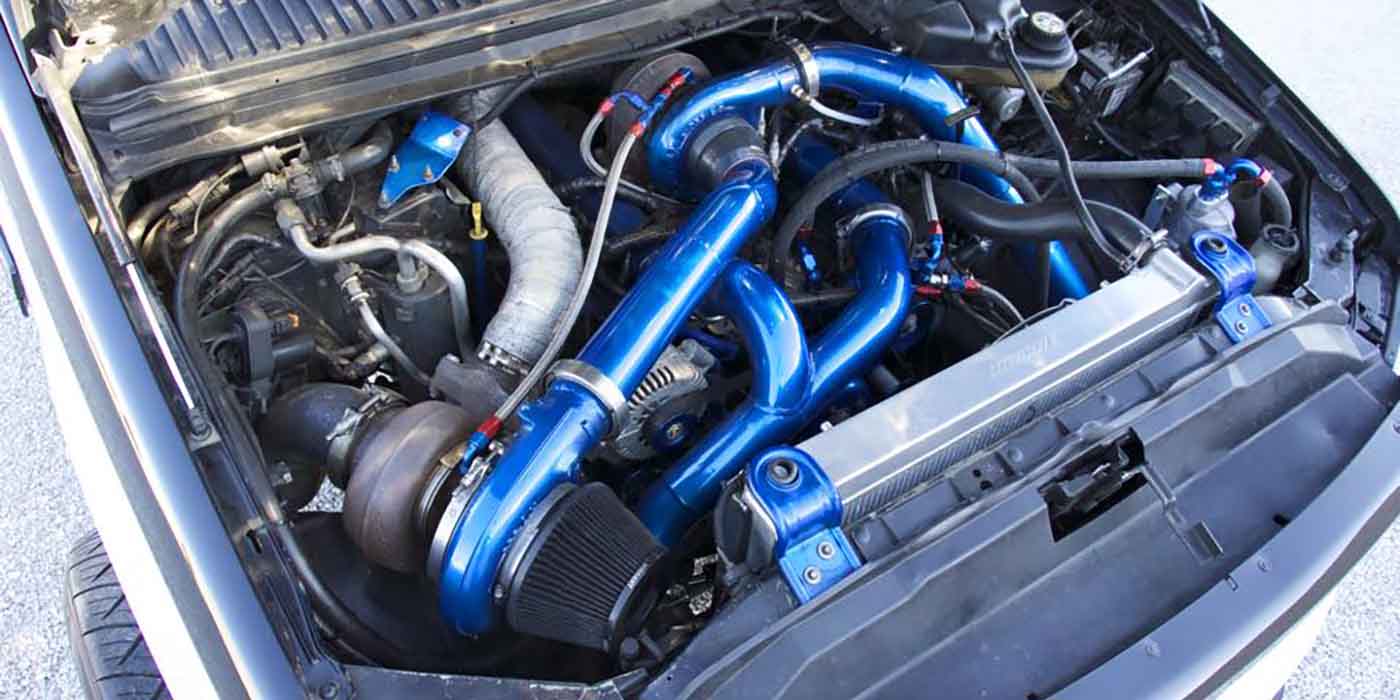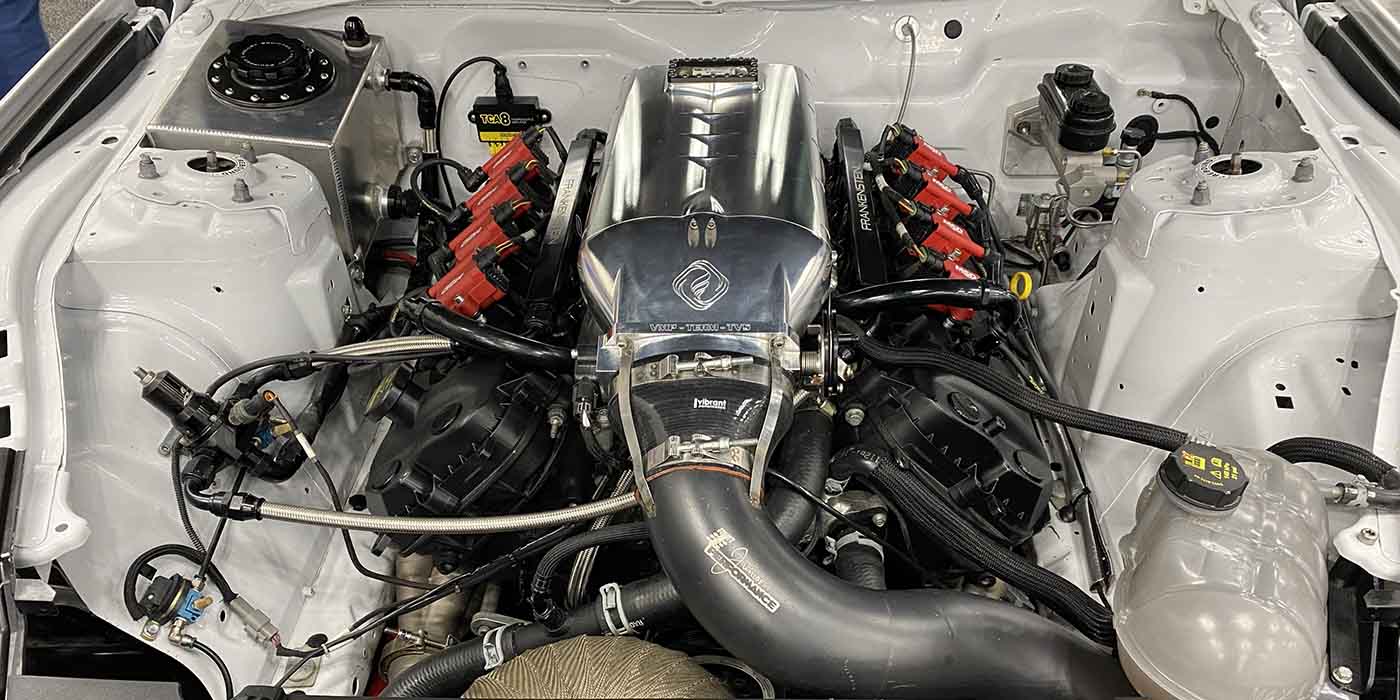 Some Ford vehicles equipped with a 4.6L 3-valve or 5.4L 3-valve engine may exhibit a ticking and/or knocking noise after reaching normal operating temperature, or a rattle upon starting. The noise may be described as ticks, taps, knocks, or thumps. In some cases the noise may be a normal characteristic of these engines. In other cases the noise may require further investigation.
Some Ford vehicles equipped with a 4.6L 3-valve or 5.4L 3-valve engine may exhibit a ticking and/or knocking noise after reaching normal operating temperature, or a rattle upon starting. The noise may be described as ticks, taps, knocks, or thumps. In some cases the noise may be a normal characteristic of these engines. In other cases the noise may require further investigation.
Sorting out and defining the noise as reported by the customer is important to successfully diagnose and/or repair the condition. If your installer customers are faced with this problem, instruct them to follow these procedures.
Before starting diagnosis, it is critical to determine the specific engine noise the customer is concerned with. The customer should be interviewed to get their detailed perception and description of the noise, and to determine if the noise occurs at idle or above idle speed, and if the engine is cold, hot or both. Attempt to duplicate the noise, and determine the source of the symptom.
Note the 4.6L 3v and 5.4L 3v engines are installed in several vehicle platforms, which may influence the intensity of noise due to vehicle differences in sound transmission paths, hood and body insulation packages, and root cause of the component(s) causing the noise.
Pre-Checks
1. Make sure you have a detailed description of the noise the customer is concerned with, including whether the noise is occurring at idle or above idle speed (does it disappear above 1200 RPM), and if the engine is cold, hot, or both when the noise is occurring. These engines generate a lot of “normal” noises, so it is critical to confirm the noise the customer is concerned with. Determine what environment the customer is in when the noise is most noticeable to them (inside passenger compartment, next to building with/ without the driver and/or passenger window open, or beside the wheel well). Validate by using your own perception.
2. Compare the noise generated with a new vehicle, if available, with an ENGINE build date of 3/30/2005 or later on Mustang and 4/18/2005 or later on F-150 to F-350, Expedition and Navigator vehicles.
3. Diagnose noise when engine is at normal operating temperature (Oil at 160°F (71°C) or above). Verify oil temperature by using a diagnostic scan tool and monitoring the engine oil temperature (EOT) PID. Startup rattle may only occur with cold oil.
4. Check the type of oil filter installed on the vehicle. A dirty or clogged filter may cause a pressure drop. Look for aftermarket brands not recognized in the market or a production filter that has gone beyond the standard Ford recommended change interval.
5. Check for signs of oil brand used and viscosity (interview customer if needed). Motorcraft SAE 5W-20 Premium Synthetic Blend Motor Oil or equivalent is recommended.
Once the above pre-checks are complete, check for sound level from the following components, in the order listed. Compare the sound from these components to the noise the customer is concerned with, to determine the source of the noise.
Injection / Fuel System
Injector noise (ticking) is considered normal. Noise increases with RPM hot or cold and is recognized at the top of the engine.
Valve Train
Lash adjusters can make a ticking/tapping noise noticeable at any engine RPM/temperature and is audible through the wheel well or an open hood. However, with the hood down, lash adjuster noise can be heard as a light tapping noise through the wheel well and is considered normal.
Tracing this noise must be isolated to a cylinder bank. If one bank is louder than the other bank, focus the diagnostic to the loud bank. If both banks seem loud with the hood down, compare wheel well sound level to another comparable vehicle.
Use a stethoscope on the top of the cam cover bolt heads to confirm which bank is affected. Move the probe from front to rear if necessary.
If isolated, only replace the intake and exhaust lifters on the affected cylinder bank.
Variable Cam Timing
The 4.6L 3V and 5.4L 3V variable cam timing (VCT) feature may emit a light knock in normal operation and is audible only at idle speed, with a hot engine (gear selector in park/neutral). However, it may be masked by or mistaken for other noises generated from either injector firing or a malfunctioning valve train as described above. The noise does not affect performance or durability of the part.
VCT phasers may knock at hot idle. It may be heard inside the passenger compartment, or the wheel well area. Some light noise is normal. The engine may require a cold soak overnight for a full diagnosis to effectively be made at hot idle, particularly when a VCT phaser is suspected. The knock is not prevalent at cold temperature.
To test for VCT noise:
1. Place the transmission in park or neutral
2. Bring engine oil temperature to 160°F (71°C) or above as indicated by the scan tool “EOT” PID.
3. Allow engine to idle, and determine if noise is noticeable.
4. Set engine speed to over 1,200 RPM (if noise is a VCT knock, the noise should disappear).
5. Return engine speed to idle (verify knock returns).
If the noise intensity is more than a lightly audible knock at hot idle under 1,200 RPM at engine operating temperature, replace the cam phaser.
Start Up Rattle
Some 2004 F-150 and 2005 F-150, Expedition, Navigator, F-Super Duty, and Mustang vehicles may have a rattle on startup that lasts 1 to 3 seconds. If initial pre-checks have been completed and the noise sounds like it is coming from the front of the engine, replace the VCT Phaser Kit. If the engine continues to make the rattle noise after the initial startup do not exchange VCT.
ALLDATA Community
Automotive Diagnostic Team
www.alldata.com














